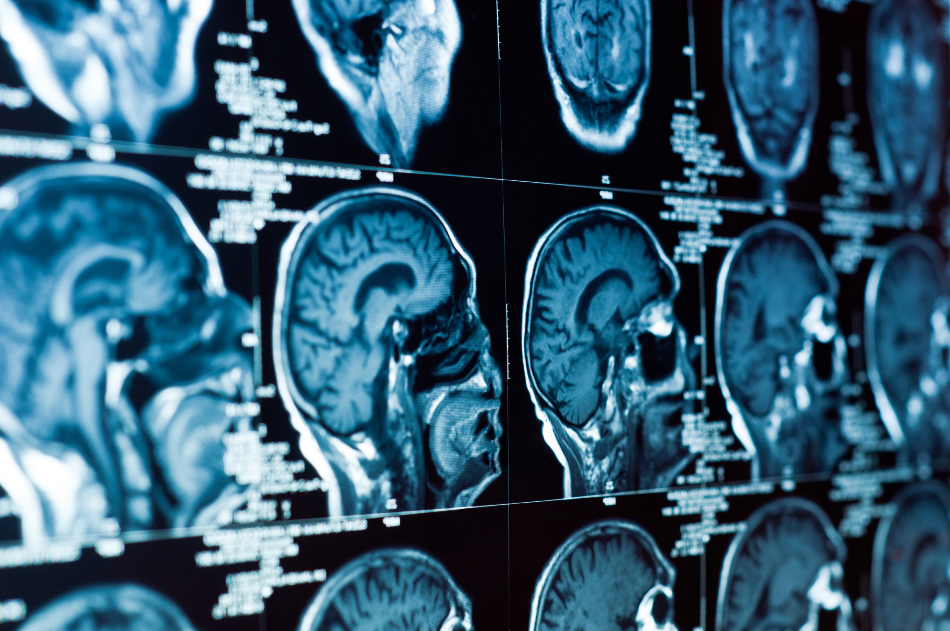Many industries rely upon techniques that provide accurate information on substances and products being tested. One set of techniques that have importance for research and development in several diverse industries is termed non-destructive testing.

Image Credit:SvedOliver /Shutterstock.com
Non-Destructive Testing
As the name suggests, non-destructive testing is a term for a set of techniques that do not cause damage to a target being tested. It is used in industries including electrical engineering, aeronautical engineering, civil engineering, biomedical sciences, and art. As it is non-destructive and does not permanently alter the substance under testing, its benefits include saving money and time.
The main types of non-destructive testing that are utilized by technicians working in these fields are magnetic-particle, liquid penetrant, ultrasound, eddy-current, radiographic, and visual testing. These techniques utilize several different testing and imaging methods. One of the methods that are used is termed nano-computed tomography (nano-CT.)
What is Nano-Computed Tomography (Nano-CT)?
Nano-CT is a relatively new imaging technique. It is based upon micro-CT, a well-established technology that was first developed in the early 1980s (the first image generated by micro-CT was of a tropical snail; the pixel size was about 50 micrometers.) A cross-sectional, high-resolution imaging technique, nano-CT uses a transmission X-ray tube and the focal spot can be decreased to less than 400 nm. By the use of specific detectors and examination protocols, superior spatial resolution can be achieved.
The 3D cross-sections are then reconstructed via specific computer-aided methods, processing and generating a virtual model of the target specimen in a non-destructive manner. Nano-CT images can be produced from samples prepared with a minimal amount of staining, which contributes to the technique’s non-destructive nature. Many samples (such as fossils, animal tissue, and industrial materials) can be scanned as-is, meaning that preparation time can be reduced, saving money, and the sample can be reused for further studies.
Nano-CT and micro-CT are analogous to CAT scanning in hospitals.
Some Uses of Nano-CT in Non-Destructive Testing
Several research projects have been undertaken which utilize Nano-CT as an imaging technique. These projects have provided valuable information for a variety of industries. Studies in various fields that have benefited from the application of nano-CT include:
- Medical – Nano-CT is especially useful for the non-destructive imaging of delicate biological structures. A recent study by Basma M. Khoury and colleagues applied this technology to musculoskeletal research. Due to their native radiodensity, visualization of the soft tissues using other methods has been problematic. The use of nano-CT reduced acquisition time and increased the range of sample tissues that could be imaged. Nano-CT has also been used in craniofacial clinical practice and research.
- Dental industry – Nano-CT has been used in the study of titanium-coated polymethyl methacrylate (PMMA) dental implants. Results of a study by Vincent M. J. I. Cuijpers and their team showed that nano-CT provided complementary morphological information similar to results obtained via histology, but with the advantages of 3D rendering and visualization.
- Additive manufacturing – This technique was utilized in a 2018 study of metallic parts made with the process of laser powder-bed fusion additive manufacturing. The study by Mehrnaz Salarian and Ehsan Toyserkani used both micro and nano-CT and found that nano-CT could detect defect details that micro-CT could not. Thus, nano-CT can be used to reliably predict the strength and durability of materials made with this process.
- Petroleum industry – Nano-CT has been used to study the microscopic pore structure of tight sandstone formations in the Triassic Yangchang Formation of the Ordos Basin. This is as their pores, their characteristics, and interconnections are relevant to the accumulation and migration of hydrocarbons, helping identify fossil fuel reservoirs. Understanding these properties are important to the hydrocarbon industry. Other imaging methods are not as effective as nano-CT: For example, FE-SEM (field emission scanning electron microscopy) provides 2D images of micropores but is incapable of analyzing three-dimensional pore-throat distribution and interconnectivity.
The Future of Nano-CT and NDT
Nano-computerized tomography is gaining popularity as a non-destructive technique for imaging the structure and properties of a myriad of substances of interest to several industries. It has advantages over contemporary imaging methods including SEM (scanning electron microscopy) and TEM (transmission electron microscopy.)
Like micro-CT before it, nano-CT is constantly being improved upon, and one of the more promising developments in this field of imaging technology is dual-modality imaging, where nano-CT is being combined with radionuclide methods including positron emission tomography (PET) and single-photon emission computerized tomography (SPECT) amongst other techniques. One major area of research this has been applied to is oncology, the study of tumors and cancer. The research applications of nano-CT look set to continue over the coming decades.
Sources
Kampschulte, M. et al. (2016) Nano-Computed Tomography: Techniques and Applications, Fortschr Röntgenstr Vol. 188 Issue 2, Pgs. 146-154
https://www.ncbi.nlm.nih.gov/pubmed/26815120
Khoury, B. M. et al. (2015) The use of nano-computed tomography to enhance musculoskeletal research Connective Tissue Research Vol. 56 Issue 2, Pgs. 106-119
https://www.tandfonline.com/doi/abs/10.3109/03008207.2015.1005211
Cuijpers, V. M. I. et al. (2013) Resolution, sensitivity, and in vivo application of high-resolution computed tomography for titanium-coated polymethyl methacrylate (PMMA) dental implants,
Clinical Oral Implants Research Vol. 25 Issue 3 Pgs. 359-365
https://doi.org/10.1111/clr.12128
Salarian, S and Toyserkani, E (2018) The use of nano-computed tomography (nano-CT) in non-destructive testing of metallic parts made by laser powder-bed fusion additive manufacturing The International Journal of Advanced Manufacturing Volume 98, Issue 9-12, pp. 3147-3153
https://link.springer.com/article/10.1007/s00170-018-2421-z
Bin Bai et al. (2013) Multi-scale Method of Nano(Micro)-CT study on microscopic pore structure of tight sandstone of Yangchang Formation, Ordos Basin Petroleum Exploration and Development Vol. 40 Issue 3, Pgs. 354-358
https://www.sciencedirect.com/science/article/pii/S1876380413600427
Disclaimer: The views expressed here are those of the author expressed in their private capacity and do not necessarily represent the views of AZoM.com Limited T/A AZoNetwork the owner and operator of this website. This disclaimer forms part of the Terms and conditions of use of this website.